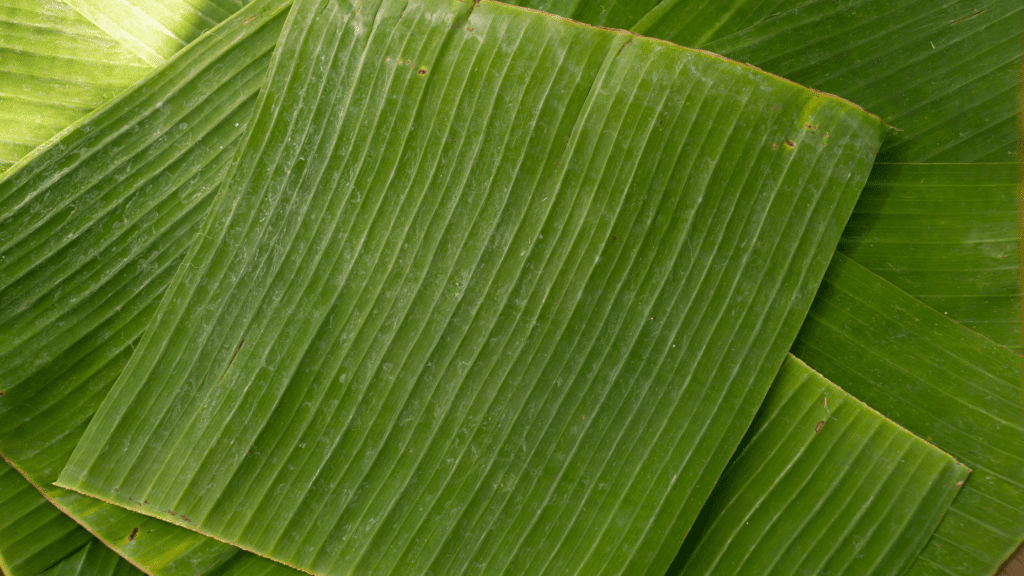Plant based fibers are derived from various parts of plants, including seeds, stems, leaves, and fruits. These natural fibers have been used by humans for millennia, with historical evidence of their utilization in clothing and other essentials.
Unlike synthetic fibers derived from petroleum-based sources, plant based fibers are biodegradable and have a significantly lower environmental impact.
Types of Plant Based Fibers
Organic Cotton
Perhaps the most well-known plant-based fiber, cotton comes from the fluffy fibers surrounding the seeds of the cotton plant.
It’s breathable, soft, and versatile, making it a popular choice for clothing, bedding, and towels. However, conventional cotton farming often involves heavy pesticide use and significant water consumption, leading to environmental concerns.
Conventional cotton farming accounts for about 16% of global insecticide use and 6.8% of global pesticide use, despite cotton covering only 2.4% of the world’s agricultural land.
Organic cotton farming addresses these issues by using natural methods and reducing chemical inputs.
Hemp
Hemp fibers are extracted from the stems of the Cannabis sativa plant. They are strong, durable, and naturally resistant to pests and mold.
Research indicates that hemp exhibits greater ecological neutrality compared to other fibers, particularly regarding water consumption.
For instance, cotton demands 9,758 kg of water per kg, whereas hemp necessitates only between 2,401 and 3,401 kg of water per kg, reflecting a remarkable 75% reduction in water usage.
Hemp fibers can be used in a wide range of products, including clothing, rope, paper, and construction materials.
Bamboo
Bamboo fibers are derived from the pulp of bamboo plants. They are soft, breathable, and have natural antibacterial properties, making them ideal for clothing and bedding.
Bamboo is also one of the fastest-growing plants in the world, requiring minimal water and no pesticides for cultivation.
However, the process of turning bamboo into fibers often involves chemicals, so it’s essential to look for eco-friendly production methods.
Flax
Flax fibers, also known as linen, come from the stems of the flax plant. Linen is lightweight, breathable, and has excellent moisture-wicking properties, making it suitable for clothing, bedding, and home textiles.
Flax cultivation requires less water and fewer pesticides compared to cotton, making it a more sustainable option.
Sisal
Sisal fibers are extracted from the leaves of the Agave sisalana plant. They are strong, durable, and resistant to deterioration from sunlight exposure, moisture, and saltwater.
Sisal is commonly used in ropes, twines, carpets, and other heavy-duty applications.
Pineapple Leaves
Pineapple leaves contain strong, flexible fibers known as piña fibers. These fibers are extracted from the leaves of the pineapple plant through a process called decortication.
Piña fibers are lightweight, soft, and lustrous, making them suitable for clothing, textiles, and even luxury items like handbags and accessories.

Banana Fibers
Banana fibers are extracted from the pseudostems of banana plants. These fibers are durable, biodegradable, and have natural moisture-wicking properties.
Banana fibers have been traditionally used in regions where bananas are cultivated for making ropes, mats, and textiles.
The Benefits of Plant-Based Fibers
- Sustainability: Plant based fibers are a sustainable alternative to traditional textiles. They are derived from renewable sources and can be grown and harvested without causing significant harm to the environment.
- Biodegradability: Unlike synthetic fibers, which can take hundreds of years to decompose, plant based fibers are biodegradable. This means that they can break down naturally without leaving harmful residues in the environment.
- Breathability: Many plant based fibers, such as cotton and linen, are highly breathable, making them an excellent choice for clothing, especially in warm climates.
- Versatility: Plant based fibers can be used to create a wide range of textile products, including clothing, home furnishings, and even industrial materials.
Challenges and Considerations
While plant-based fibers offer numerous environmental benefits, there are also challenges and considerations to keep in mind:
- Resource Intensive Processing: Some plant-based fibers require extensive processing, which can involve chemicals and energy-intensive methods.
- Land Use and Agriculture Practices: The cultivation of plant-based fibers can still have environmental impacts, such as deforestation, habitat loss, and water usage, depending on farming practices.
- Certifications and Standards: Look for certifications such as Global Organic Textile Standard (GOTS) or OEKO-TEX Standard 100 to ensure that the fibers are produced sustainably and without harmful chemicals.
The Future of Plant-Based Fibers
As consumers become more conscious of the environmental impact of their purchases, the demand for plant-based fibers is likely to continue growing.
Fashion brands and textile manufacturers are increasingly exploring innovative ways to incorporate these sustainable materials into their products.
These materials can not only provide a sustainable alternative but also contribute to reducing waste by utilizing byproducts from agricultural processes.
Furthermore, advancements in technology and processing techniques are making plant-based fibers more versatile and durable, opening up new possibilities for their applications in various industries.








